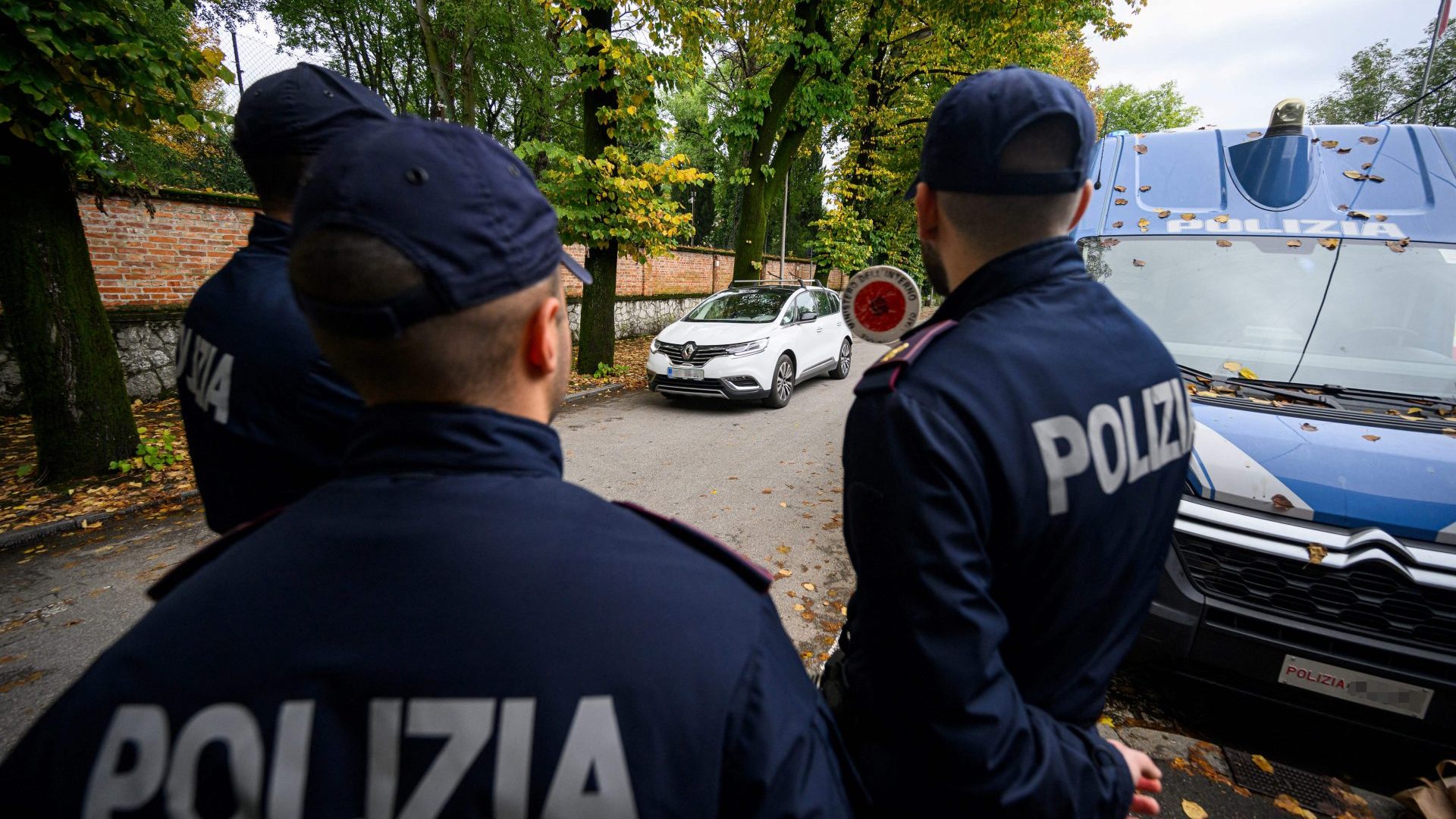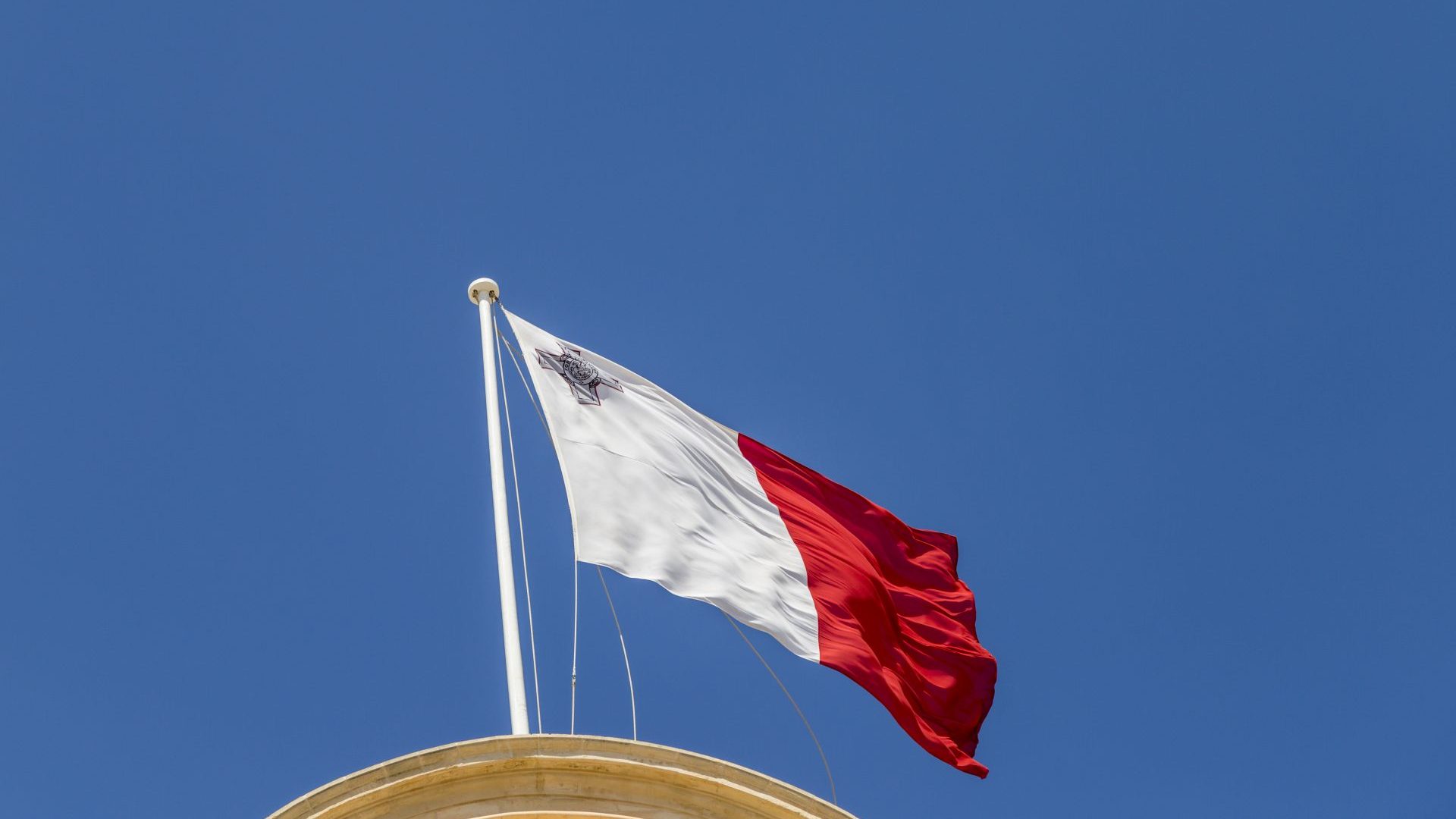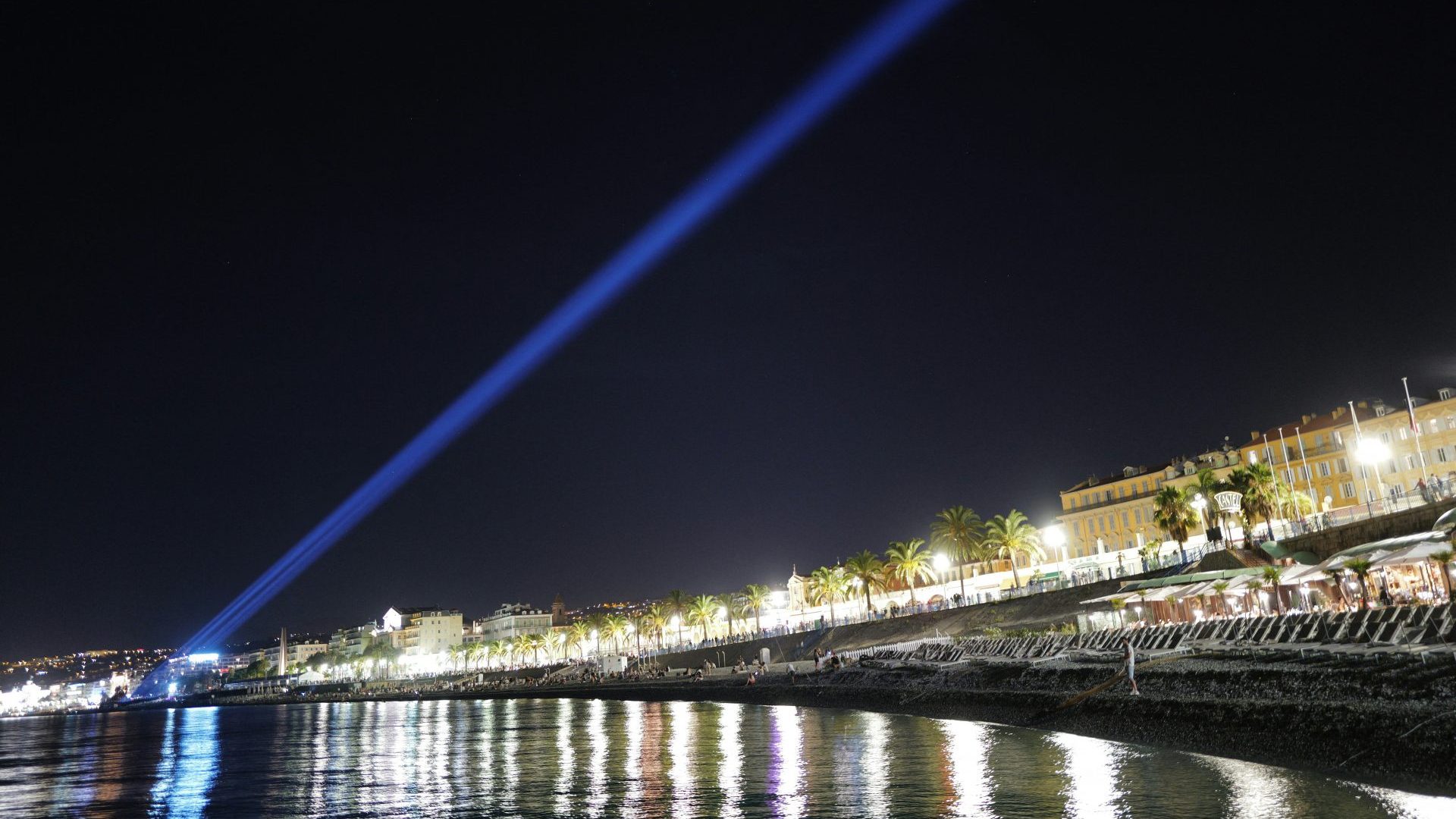At least we had last summer. That was when the promise of border-free travel with our neighbours briefly bloomed into reality. Finally, we could make a trip from Slovenia to the Croatian coast without having to first check traffic cameras, ponder the wisdom of the various possible crossing points or pack provisions for the inevitable hours-long queue sandwiched between German-registered camper vans.
Instead, we were able to cruise serenely through what used to be no man’s land between Slovenia and Croatia, past the shuttered booths formerly occupied by sullen border police. Thanks to Croatia’s accession to the Schengen Area at the start of 2023, these were now as redundant as the deserted currency exchange offices and the long-abandoned duty-free shops.
Matevž Granda is one of my fellow regular cross-border travellers. He and his wife, Nina, are both architects, and co-founders of Outsider, which pulls off the unlikely but impressive trick of being an architecture magazine with a mass-market readership.
They have a place in Vodnjan, where family-owned olive groves overlooking the Adriatic produce some of the world’s best extra-virgin oil. And Matevž was delighted that trips to the old stone house they restored in the town were no longer subject to delays inflicted by border officials.
“It was a really nice change,” he told me. “Before Schengen, there were always queues on the border – sometimes we had to wait for hours to get through. And that was just for basic control – often they wouldn’t even look at our travel documents.”
Alas, the honeymoon period did not last long. Within months, Slovenia and Italy were putting the blame on Croatia for an increase in the number of people arriving via the so-called “Balkan Route” for migration. Formal checkpoints did not make an immediate comeback, but police stepped up patrols – and there were rumblings of stricter measures if Croatia proved unable to secure the Schengen border.
To the jaundiced eye – and I must admit that mine is distinctly off-white after a dozen years covering this region – it seemed the authorities had been more comfortable when the borders were in place – and they were looking for an excuse to restore them.
That duly arrived last October. Italy swiftly declared that events in Israel and Gaza had increased the risk of terrorists mingling with other people travelling along the Balkan Route. As a result, it was re-introducing temporary border checks with Slovenia. The government in Ljubljana responded by introducing controls of its own, at its frontiers with Hungary and Croatia.
On the other hand, Austria did not have to change anything. It had already introduced “temporary” border controls with Slovenia when traffic along the Balkan Route was at its height, in 2015. Despite repeated protests from its neighbours, those emergency measures have never been lifted.
The well-travelled Matevž knows what it is like to be on the receiving end of that as well, having lived in Vienna with his family for several years after Austria reintroduced its border checks. “You could understand it if they were controlling the movement of people,” he says, lamenting the time wasted in queues to cross from Slovenia, “but often it just seems like a bureaucratic obstacle – because the checks are so perfunctory.”
Matevž and I ponder whether we, as white men with Slovenian identity cards, are really of interest to the border authorities. On the other hand, the people they are looking for are clever enough to realise that driving through the main crossings between countries is asking for trouble. There are regular reports of police intercepting people-smugglers – and occasional accidents following high-speed chases. Going across unmarked “green borders” is not without hazards or hardships, but it remains the preferred option for many. Some may be using the many smaller, and often unmanned, checkpoints.
Italy, Slovenia and Croatia had been making noises about ensuring that the Schengen regime would be restored in time for the all-important summer season, from which Croatia generates about a fifth of its GDP. The proposal was to increase joint police patrols at the spots more likely to be favoured by people-smugglers – allowing the border checkpoints to fade back into history.
But the news that Italy will extend its “temporary” controls until the end of the year has changed that. Slovenia will doubtless follow suit – and people in Croatia will be left wondering exactly why they bothered jumping through all the hoops required to gain membership of the Schengen Area.
Perhaps the queues will not return to their previous lengths. But just in case, it might be a good idea not to travel at peak times, between Friday and Sunday.
Alternatively, ride a bicycle. Luggage capacity is limited – but those on two wheels do at least go straight to the front of the queue.
Guy De Launey is a Balkans correspondent for outlets including BBC World and Monocle



